(PLVN) - From very early on, the corridor for green economy and sustainable development was "opened" through the directions and resolutions of the Party and State, thereby gradually clearing the flow for green production, green credit...
“Not trading the environment for economic development” is the consistent viewpoint of the Party and State. This viewpoint has been concretized in resolutions, political reports as well as socio-economic development strategies, thereby opening up space for green growth… However, after more than 10 years of implementation, reality shows that there are still many difficulties, requiring drastic acceleration, and specific policies must soon be introduced to support localities and businesses choosing this path of sustainable development."
Green development is the inevitable choice
In 2024, the requirements for green production and sustainable development from large and demanding markets in the world will be officially legalized. Specifically, European countries (EU) have issued many specific regulations such as the Carbon Border Adjustment Mechanism (CBAM), the European Deforestation Prevention Act (EUDR) for goods that want to pass through the "customs gate" of these countries. This forces Vietnam - a country with the most open economy in the world with import-export turnover twice as much as GDP - to transform in a greener direction to meet these new requirements.
The Corporate Sustainability Reporting Directive (CSRD) was issued by the EU in December 2022 and officially took effect for reports issued from fiscal year 2024, requiring businesses to report on the social and environmental performance of their value chain activities. According to the assessment, the CSRD Directive is having and will have a strong impact in Vietnam in the context of the growing two-way trade turnover between the EU and Vietnam. With a large number of Vietnamese enterprises in the value chain of enterprises operating in Europe, the introduction of the CSRD Directive will require these enterprises to step up the preparation of data and prepare sustainable development reports to provide to parent companies or partner enterprises in Europe upon request.
Green growth and green transformation have been widely and consistently mentioned in Vietnam in the past two years with a series of conferences and seminars held. At these conferences and seminars, experts have provided many opinions, proposals and suggestions so that Vietnamese state management agencies and manufacturing enterprises can rely on them to develop strategies and steps in the new trend when the greening race is taking place globally.
However, in reality, sustainable development, the transition from a brown economy to a green economy has been raised in Vietnam since 2011 through the Document of the 11th National Congress of Delegates with the viewpoint "Rapid development associated with sustainable development, sustainable development is a consistent requirement in the Socio-Economic Development Strategy 2011 - 2020". The document also provides specific solutions to develop the economy - society towards a green development model. In which, scientific research and application to the production of technologies that do not pollute the environment and the formation of new economic sectors and professions that are friendly to the environment.
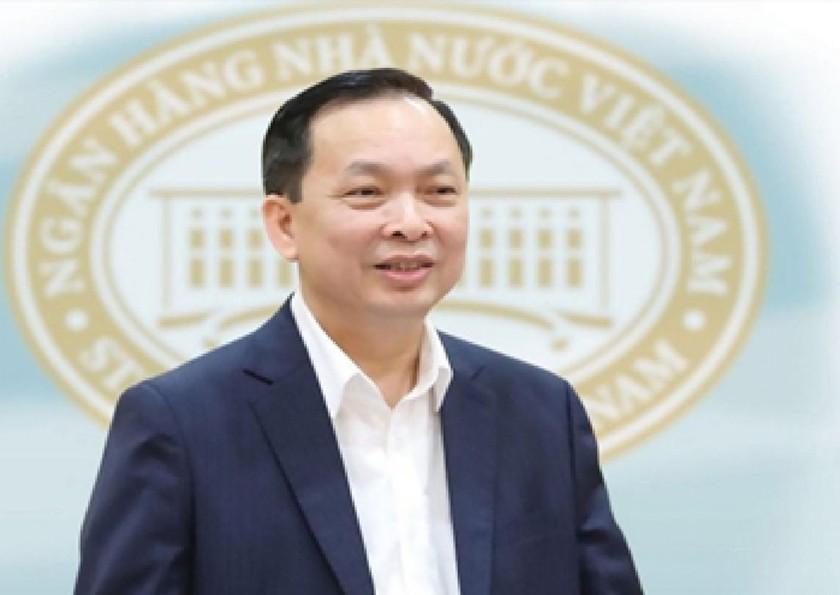 |
Mr. Dao Minh Tu - Deputy Governor of the State Bank of Vietnam. |
“The awareness of the commercial banking system has clearly changed in providing credit to green sectors and fields, and managing environmental risks. Many credit institutions have proactively cooperated with international financial institutions to receive technical and financial support to finance projects that bring environmental benefits,” said Mr. Dao Minh Tu - Deputy Governor of the State Bank of Vietnam.
Immediately after that, in 2012, the Prime Minister signed Decision 1393/QD-TTg approving the National Strategy on Green Growth for the 2011-2020 period and vision to 2050. The Strategy has oriented the development and implementation of a green growth strategy, ensuring low-carbon economic development; Using energy economically and efficiently; Developing clean energy and renewable energy to ensure national energy security... At the same time, it sets out strategic tasks such as reducing greenhouse gas emissions by 8-10% compared to 2010 levels, reducing energy consumption per GDP by 1-1.5% per year...
Since then, Vietnam's socio-economic development resolutions and strategies have always mentioned factors promoting the transformation of the growth model associated with restructuring the economy towards green growth and sustainable development. This is the key to opening up space for green and sustainable economic development when forming a policy system related to green development and growth.
In particular, the 10-year Socio-Economic Development Strategy 2021 - 2030 approved at the 13th National Party Congress, the green path for economic development is clearly defined with the policy of "low waste, reduced greenhouse gas emissions, low carbon; encouraging the development of a circular economic model to comprehensively and effectively use the output of the production process. Enhance the resilience and adaptability to climate change of the infrastructure system and the economy" ... thereby promoting ministries, branches and enterprises to participate more strongly in the green transformation.
Unblocking green capital flows early…
In the process of implementing green development, Vietnam faces many challenges, the biggest of which is related to finance. According to calculations, in the period before 2020, to reduce greenhouse gas emissions according to the commitment in 9 main sectors of the economy, it is necessary to mobilize investment capital of over 30 billion USD. According to estimates by the World Bank, the additional financial demand for Vietnam to build resilience and reduce greenhouse gas emissions in the period 2022 - 2040 is up to 368 billion USD, of which, the financial source from the public sector is 130 billion USD.
A representative of the Department of Credit for Economic Sectors, State Bank of Vietnam (SBV) affirmed: “Very early, SBV issued Directive 03/CT-NHNN dated March 24, 2015 on promoting green credit growth and managing environmental and social risks in credit granting activities”. This was followed by a series of related documents to create a clear corridor for green credit capital flows to production in related fields…
In addition, since 2018, the State Bank of Vietnam has issued Decision 1604/QD-NHNN, approving the Green Banking Development Project in Vietnam, with the goal of raising awareness and social responsibility of the banking system towards environmental protection, combating climate change, gradually greening banking activities, directing credit flows into financing environmentally friendly projects, promoting green production, services and consumption, clean energy and renewable energy; actively contributing to promoting green growth and sustainable development.
 |
| Mrs. Pham Thi Ngoc Thuy - Director of Office IV. |
“Green growth has two options, including choosing to build green, low-emission production right from the start and green transformation with resource- and labor-intensive industries. But no matter which development direction is chosen, the story of capital and human resources is always extremely difficult,” said Ms. Pham Thi Ngoc Thuy - Director of Office IV.
In addition, the State Bank of Vietnam advised the Prime Minister to issue Decision 986/QD-TTg dated August 8, 2018, approving the "Strategy for the development of Vietnam's banking sector to 2025, with a vision to 2030", which set the goal of increasing the efficiency of credit capital allocation to serve socio-economic development requirements; promoting the development of "green credit", "green banking", integrating the contents of sustainable development, climate change and green growth in credit loan programs and projects.
At the same time, the State Bank has also directed credit institutions to implement many credit programs, including policies to minimize the impact of climate change in accordance with industries and sectors regularly affected by climate change and the environment, credit policies for rural agricultural development associated with green and sustainable goals, loan programs to encourage the development of high-tech agriculture, clean agriculture, etc.
At a workshop on green credit, Deputy Governor of the State Bank of Vietnam Dao Minh Tu assessed that the awareness of the commercial banking system has clearly changed in granting credit to green sectors and fields, and managing environmental risks. Many credit institutions have proactively cooperated with international financial institutions to receive technical and financial support to finance projects that bring environmental benefits.
Although the path for green credit and the corridor for green development have existed for a long time, it seems that businesses have not yet accessed them. Recent reports on the level of green transition readiness of businesses clearly show these difficulties when even trillion-dollar businesses have to struggle with green transition…
Ms. Pham Ngoc Thuy - Director of Office IV (Private Economic Development Research Board) said that sustainable development and green growth have two options, including choosing to build green production, low emissions right from the start and green transformation with resource-intensive and labor-intensive industries. But no matter which development direction is chosen, the story of capital flow and human resources is always extremely difficult.
(To be continued)
Source: https://baophapluat.vn/khoi-thong-dong-chay-kinh-te-xanh-bai-1-hanh-lang-cho-phat-trien-kinh-te-xanh-da-mo-post529959.html



![[INFOGRAPHIC] Open-back headphones, look like a... pill](https://vphoto.vietnam.vn/thumb/1200x675/vietnam/resource/IMAGE/2025/7/16/cd63f007ad404018aa504c1009ce19ba)

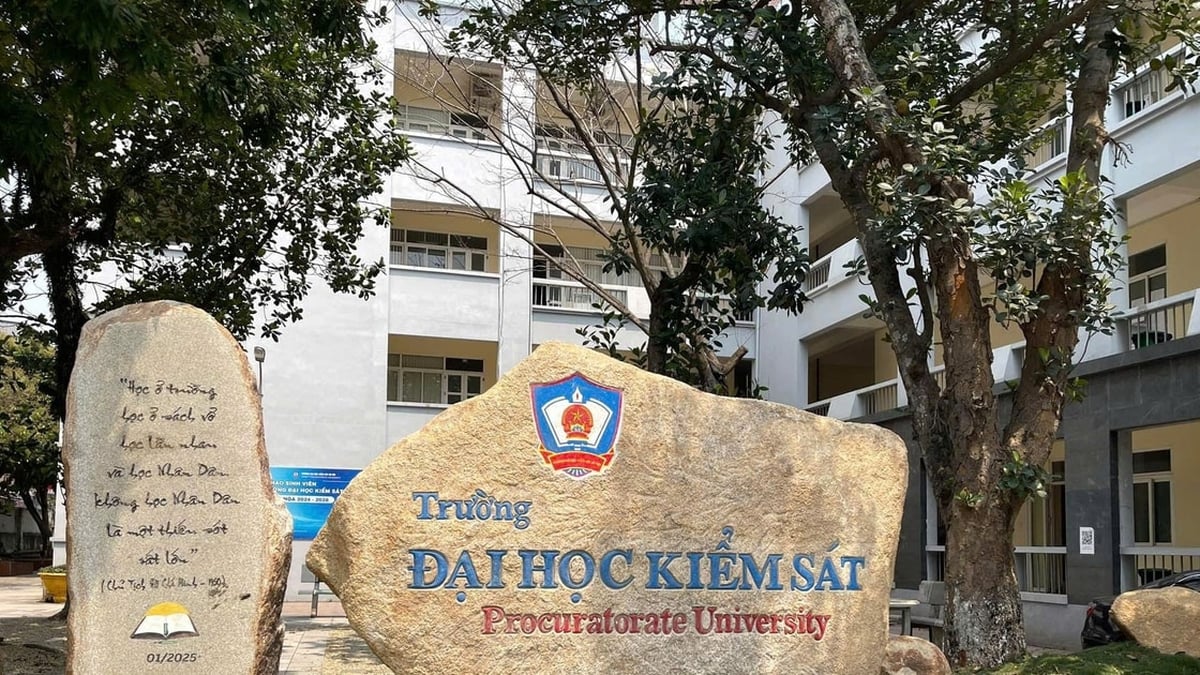
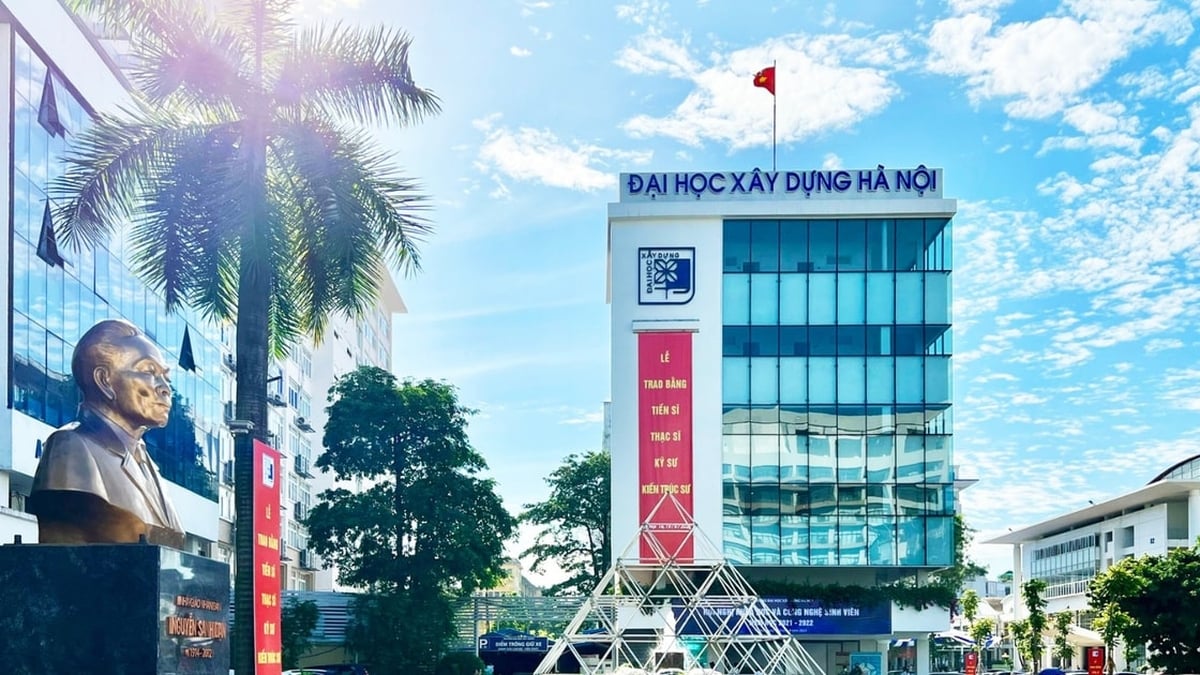
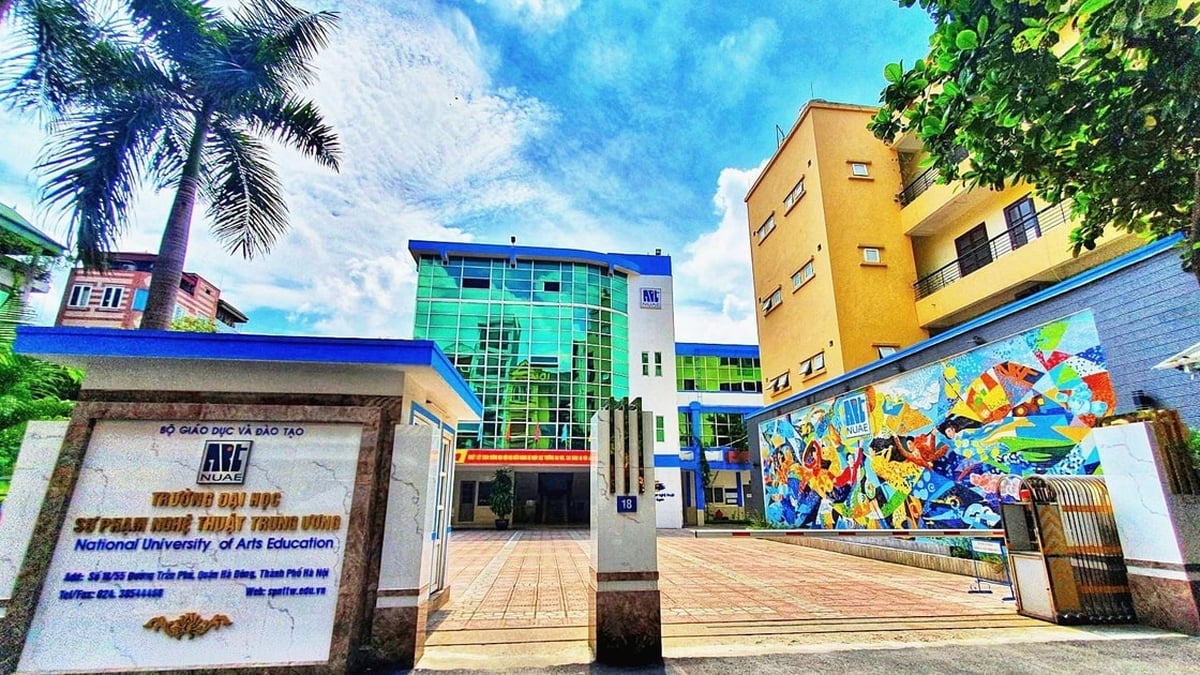
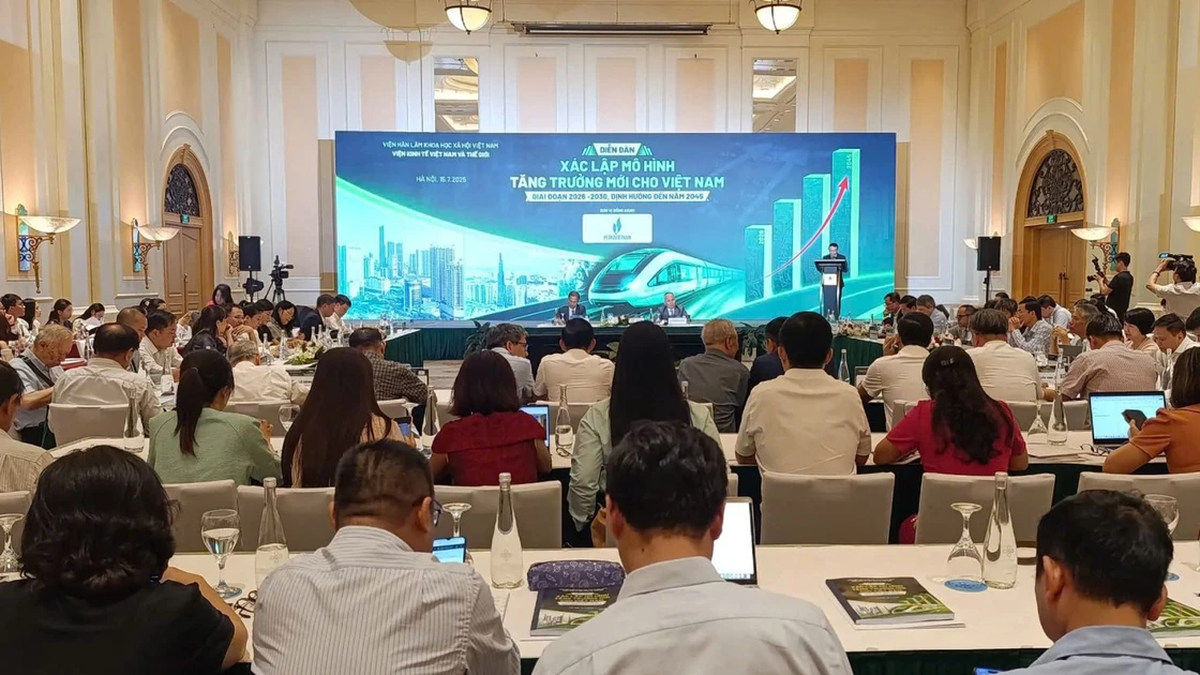


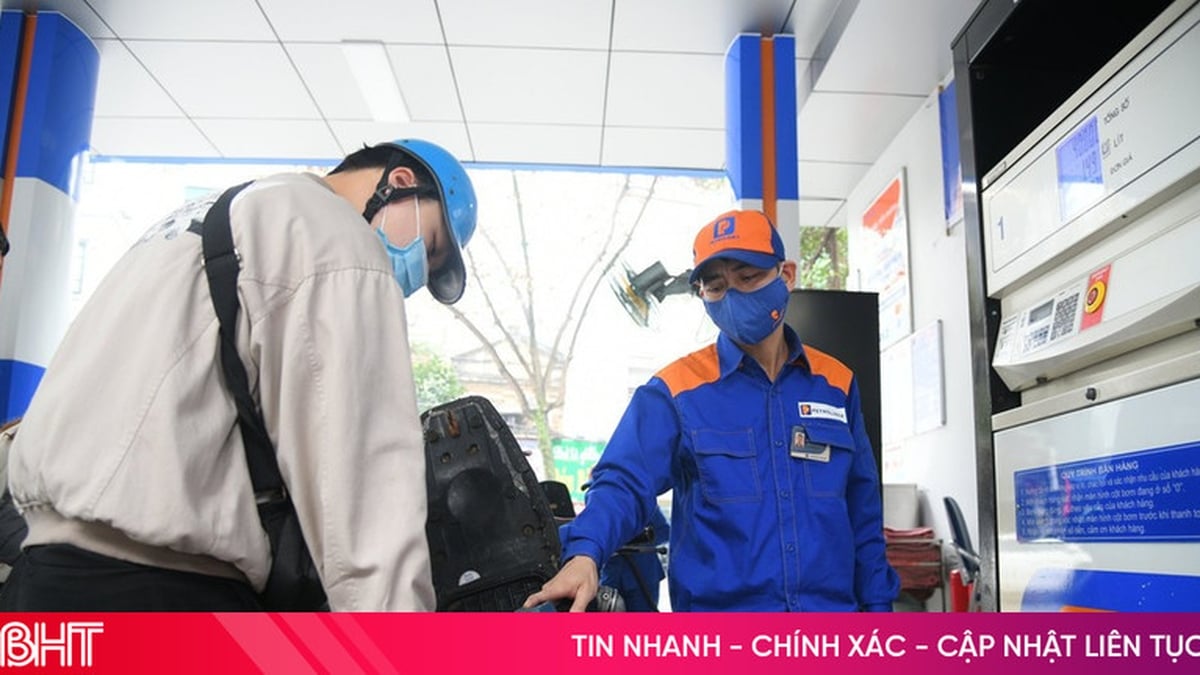

































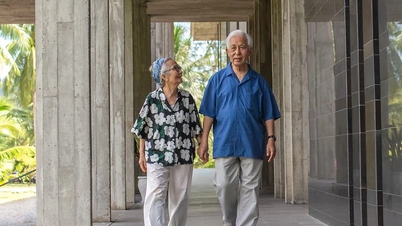

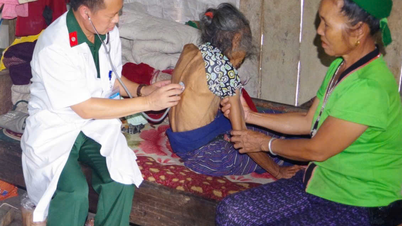







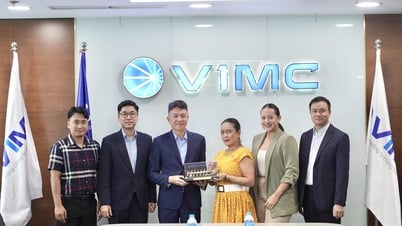





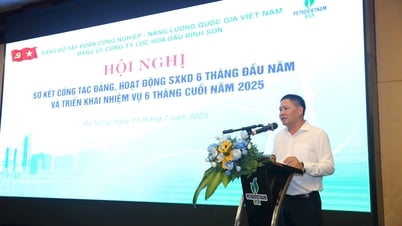

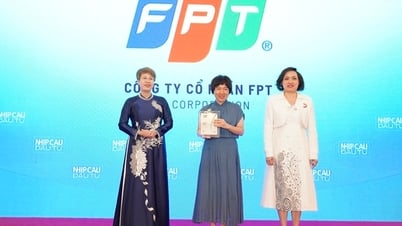

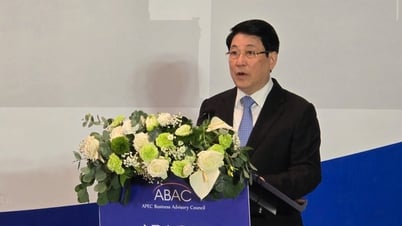




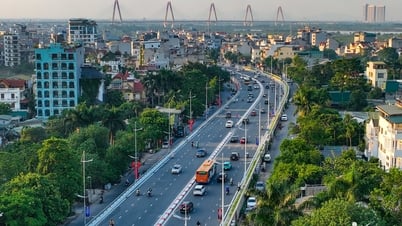



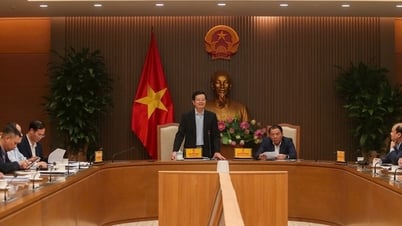

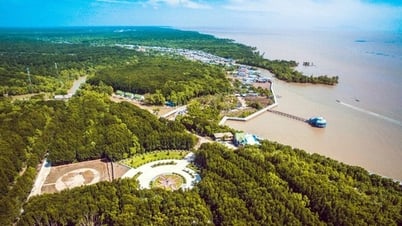
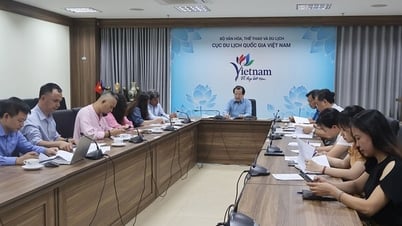





















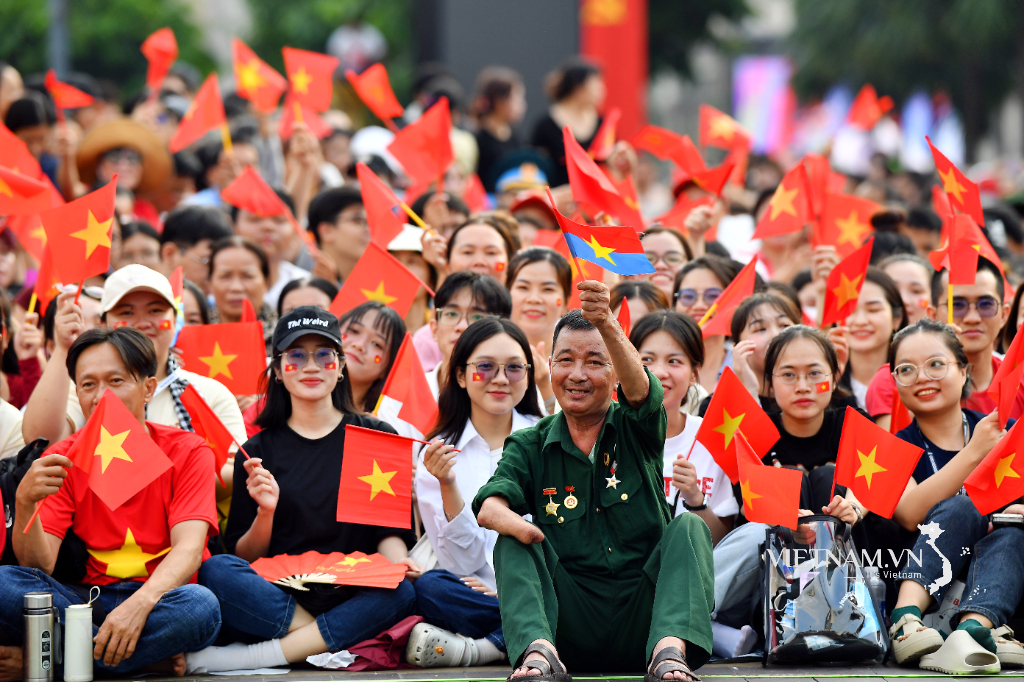


Comment (0)